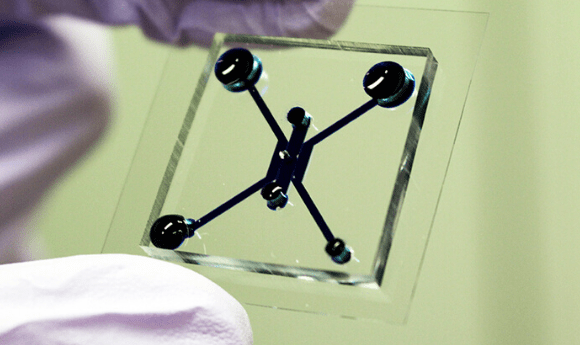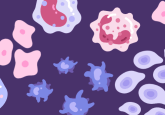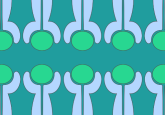New tumor-on-a-chip could pave the way for the discovery of cancer drugs

Refer a colleague
New tumor-on-a-chip device enables researchers to mimic tumor conditions, allowing for greater accuracy when screening new cancer drugs.
A collaborative study led by researchers at Kyoto University (Japan) has created a tumor-on-a-chip device that more accurately mimics the microenvironment of tumors, unlocking the potential to test therapeutics against more accurate models of cancer at an earlier stage.
Drug discovery is a time-intensive process that requires a tremendous amount of resources, including funding and test animals. Years can be spent developing a drug only for it to fail in the final stages of screening. Potential drugs are trialed first in cell cultures and then in animal models; however, these models do not accurately reflect the physiological conditions of the human tumor microenvironment.
“Cells on a dish lack the three-dimensional structure and blood vessels, or vasculature, that keep it alive. So, we came up with a plan to construct a device that solves these issues,” explained the study’s first author, Yuji Nashimoto (Tohoku University, Miyagi, Japan).
Previous research has utilized spheroids – three-dimensional multicellular models – with vascular structures co-cultured inside or outside of the model. However, these techniques do not fully replicate the vascular structure found in vivo, as perfusion is not possible.
- Growing tissues without the issues
- Organ chips model blood—brain barrier
- Cutting-edge technology could revolutionize retinal disease drug development
In their latest work, the team developed a coin-sized device, with a 1mm well located in the center. A 3D-culture of tumor cells is deposited into the well, which is surrounded by ‘microposts’, along which vessels can grow and are incorporated into the tumor culture.
“This ‘perfusable vasculature’ allows us to administer nutrients and drugs into the system to mimic the environment in the body,” commented Nashimoto. “This allows us to have a clearer picture of the effectiveness of cancer-treating compounds.”
When an anti-tumor drug was administered to the tumor-on-a-chip system at low doses, it was demonstrated that the drug was more effective when perfusion was not taking place. The authors hypothesize that this suggests the benefits of nutrient flow provided by the vasculature can have a greater effect on the tumor culture than the drug itself.
In comparison, when the dosage increased, the drug was most effective when there was a constant flow of nutrients. These findings highlight the importance of incorporating vascular blood flow when evaluating potential cancer drugs in preclinical models.
Study lead Ryuji Yokokawa (Kyoto University, Japan) concluded: “Due to its size and utility, we hope the new device can expedite the tests on the countless number of potential new drugs.”
Please enter your username and password below, if you are not yet a member of BioTechniques remember you can register for free.



